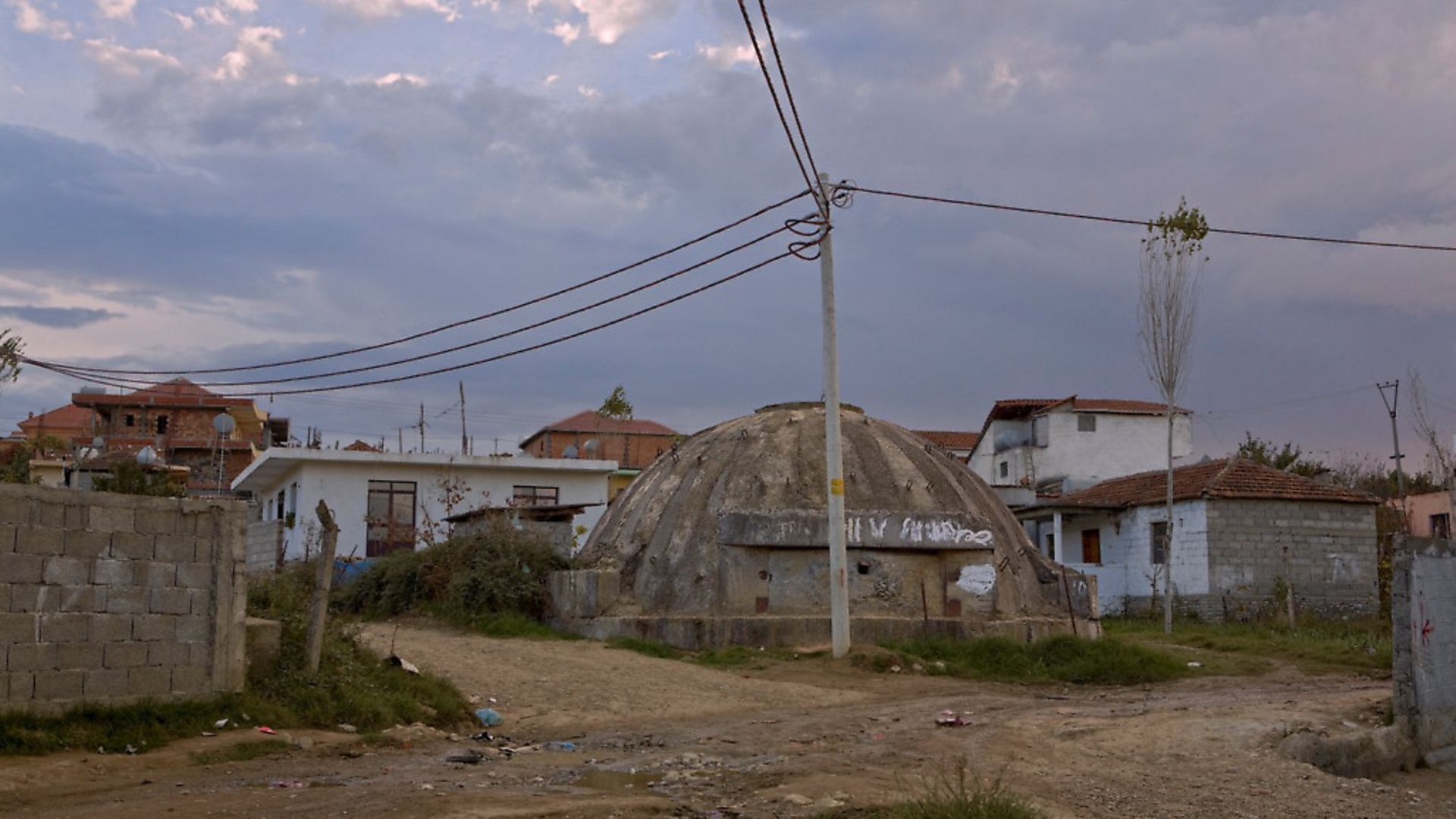
The Balkan nation is dotted with thousands of shelters built by its former dictator. Garth Cartwright talks to the photojournalist behind a new book about what this peculiar heritage represents.

Some five summers ago I wandered the southern Balkans researching a book that remains to be written. In Tirana, Albania’s capital, a friend made the introduction to Robert Hackman, an Australian photojournalist who, having married a local woman, was intent on documenting much that surrounded him.
A gregarious man, Hackman invited me to join him as he explored nooks and crannies in a nation where natural beauty is matched by much ruination. Arriving at Durres, a beach resort west of Tirana where both the comic King Zog and the terrifying Enver Hoxha had their summer houses, Hackman gasped when we set foot on the sand. “There used to be a huge bunker here,” he said, “and now its gone. That’s happened in the last couple of months.”
Albania is famous – or, more correctly, infamous – for wretched men behaving very badly: Albanian criminal organisations run much of Europe’s sex trade and people smuggling while, under communism, Albania remained a hardline Stalinist state right up until it was the last European state to overthrow communism in 1992.
Not just Stalinist but isolationist: the dictator Enver Hoxha, whose paranoia and cruelty stood out even when compared to the tyrants in Romania and Bulgaria, cut all ties with the Soviet Bloc in 1961 then did the same with China in 1978, so ensuring Albania was the world’s most isolated nation.
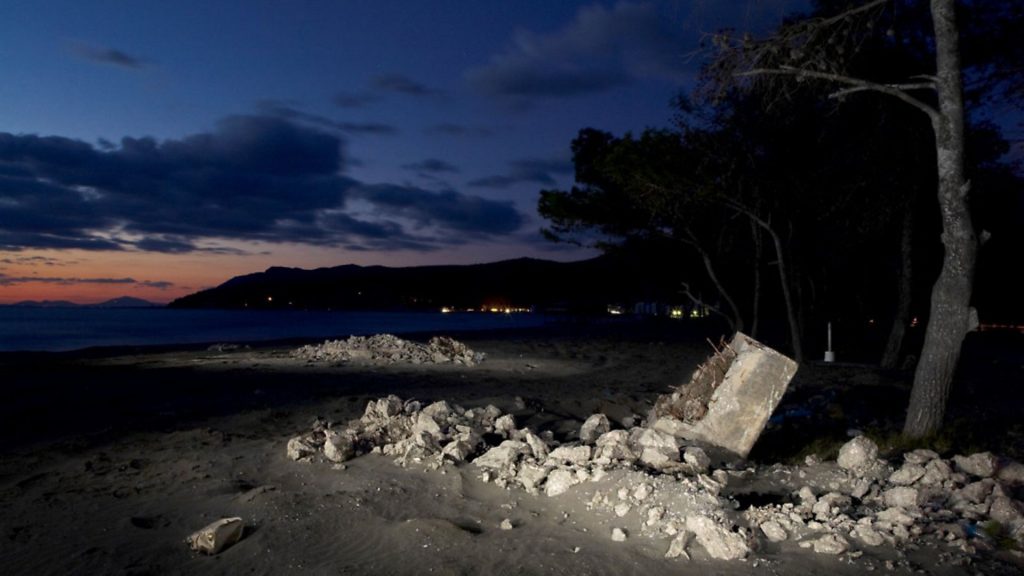
Such brutality stands at odds with how ordinary Albanians conduct themselves in this friendly, relaxed nation – except for the drivers: here they again hold a negative achievement as the world’s worst – and I encountered much hospitality.
While the criminals maintain a low profile, Hoxha’s legacy remains in the thousands of concrete bunkers that litter the nation. An extreme paranoid who feared that his myriad enemies in Yugoslavia, the Soviet bloc and the West wished to invade, Hoxha ordered bunkers to be built seemingly everywhere. No official number has ever been given but it is estimated that as many as 750,000 bunkers may have been constructed. This in a nation of less than three million people.
The collapse of communism meant these once untouchable edifices were now up for grabs and bunkers were both destroyed and transformed. It is the latter that fascinates Hackman, and his book Metamorphosis: The Reuse of Albanian Bunkers from the Communist Era is a striking document.
Featuring dozens of photos of bunkers that have metamorphosed into everything from cow sheds to restaurants, holiday homes to a tiny Greek Orthodox chapel, Metamorphosis captures, with a dry wit that is never mocking, a Balkan bizarre.
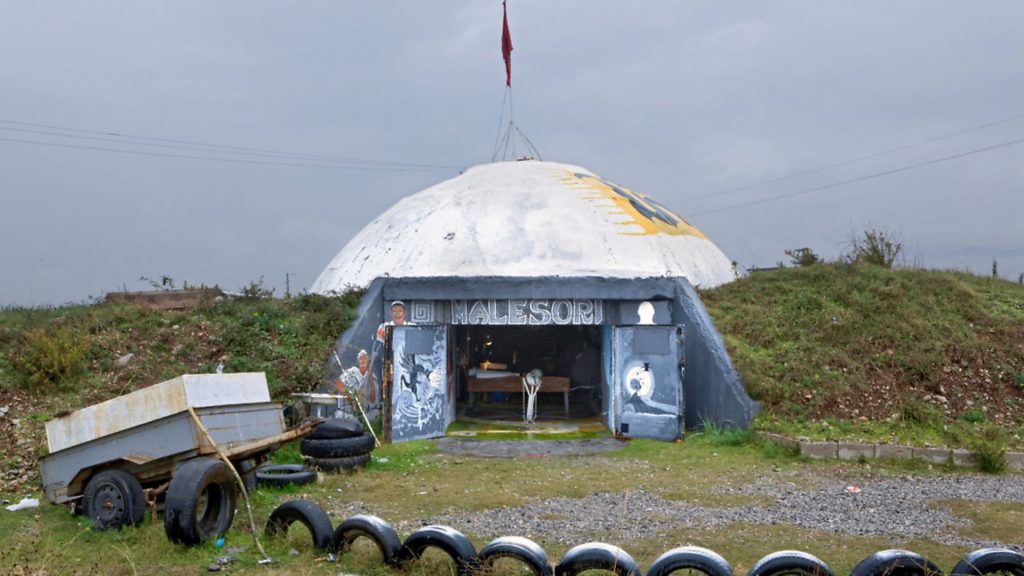
Hackman has a fine eye and his sense of how affectionately absurd these concrete mushrooms appear among very prosaic settings sets him alongside Martin Parr. The omnipresent bunkers – some hidden in the background as ordinary life continues around them – add a somewhat surreal touch to photographs illuminated by Mediterranean light, grey orbs worthy of Tarkovsky that squat upon the landscape.
“In 2001 I travelled to Albania to document the closing of the UNHCR programme that covered the Kosovo War,” Hackman recalls. “I had about three days free in the itinerary so I contacted two local NGOs to donate my time and, with one of them, I peered into a large artillery bunker only to discover an empty pool table.
“It was used in the evenings us a social hub by the local community. This caught my attention but it wasn’t until another six or seven years later that I started on my project.”
The project was a slow one: there were no bunker maps available and Albania’s roads were often in a parlous state so Hackman, based in London but returning with family over summer, would set off, traversing the nation, taking photos whenever he came across bunkers and asking locals as to any they knew about.
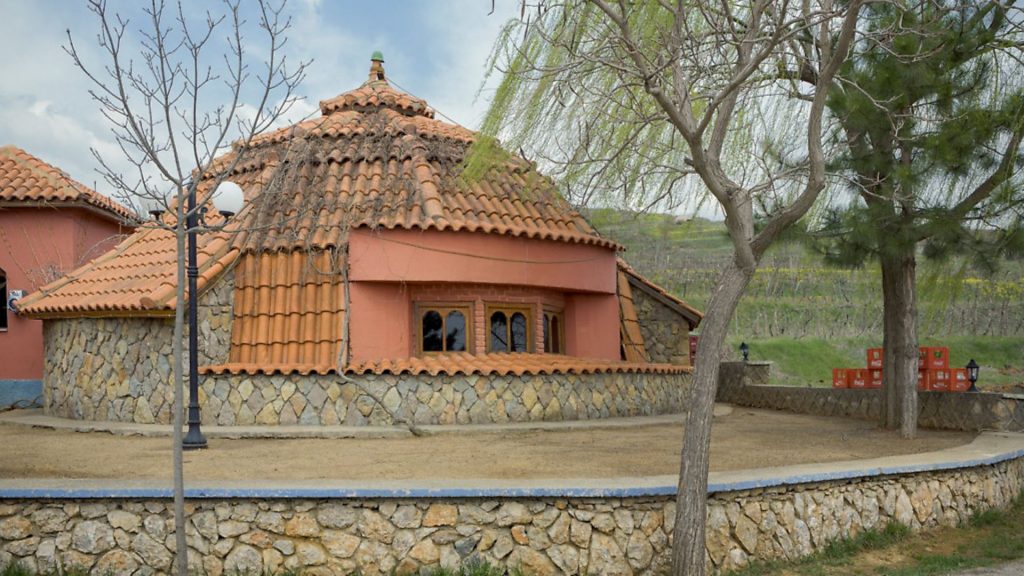
To get an idea of how extreme Hoxha’s mania had been he found bunkers tucked away in inaccessible mountain ranges and stuck in isolated rural areas. Metamorphosis is, then, a pictorial guide to rural and urban Albania, seaside and highland. Bunkers were everywhere and bunker building sucked up a huge amount of Albania’s GDP (each bunker costing the equivalent of a two-bedroom apartment).
“Economically it is hard to quantify as there is no mention of budgets of anything relating to the bunkers in the Nation Archive,” says Hackman. “Any indication of costs would most likely be in the military archives, but to request this or any information has proven futile.
“This bunker project was intensively pursued nonstop for more than 10 years. There were factories in many regions assigned to producing these bunkers on an industrial scale: 24 hours a day, seven days a week. So the effort and cost was enormous. Not just in this area of the project, but in the transport and installation of the bunkers.”
Understandably, many Albanians loathe the bunkers, seeing them as emblems of a brutal regime which kept its citizens on rations while squandering funds on a folly that would never be of use.

This has led to the destruction of bunkers – both for profit (their iron skeletons have resale value) and out of contempt. This has created environmental problems, with shattered concrete littering landscapes. Hackman thus endorses the metamorphosis of bunkers where possible.
“There seems to be a sizeable proportion of the population that are averse to any trace of Enver Hoxha, including his bunkers. This animosity towards the bunkers is understandable considering the atrocities committed by Hoxha and the persecution that any political opponents or dissenters had to endure.
“Personally, I believe that some of these bunkers should be left intact. By no means all of them. But a select few in easily accessible places. It is imperative to be sensitive to those survivors who severely suffered under the communist party.
“But it is also important to have some as a reminder of how the Albanian people overcame and removed Hoxha’s totalitarian regime. I – and others - also see both the tourist potential alongside reusing the bunkers as a convenience.”

Metamorphosis features an essay on bunkers by Genti Gjikola, an artist and curator, and an interview by Hackman with Alfred Moisiu, a general assigned by Hoxha to fortify Albania with defensive bunkers. Both pieces are fascinating to read. When Hackman asks Moisiu if there was a difference between the party’s policy of building bunkers and Hoxha’s he answers: “Enver Hoxha was the party.”
Indeed, under Hoxha’s vice-like grip Albania was throttled from 1945 until 1992 (Hoxha died in 1985 but his successor offered no unshackling). Today the tiny, impoverished Mediterranean nation has the equitable Edi Rama as prime minister and is hoping to join the EU. It now reaches out to the world and wants to engage. I suggest to Hackman he must find it a paradox of sorts that he divides his life between a nation wanting to be embraced by the EU and one hellbent on leaving it.
“Albania is removing its physical barrier while the UK is giving its prominence,” he notes. “It is ironic that the White Cliffs of Dover, a natural fortification that over the centuries has entered the national psychology, is being reused as a projection screen to amplify political messages.”
Metamorphosis: The Reuse of Albanian Bunkers from the Communist Era is published by Dewi Lewis
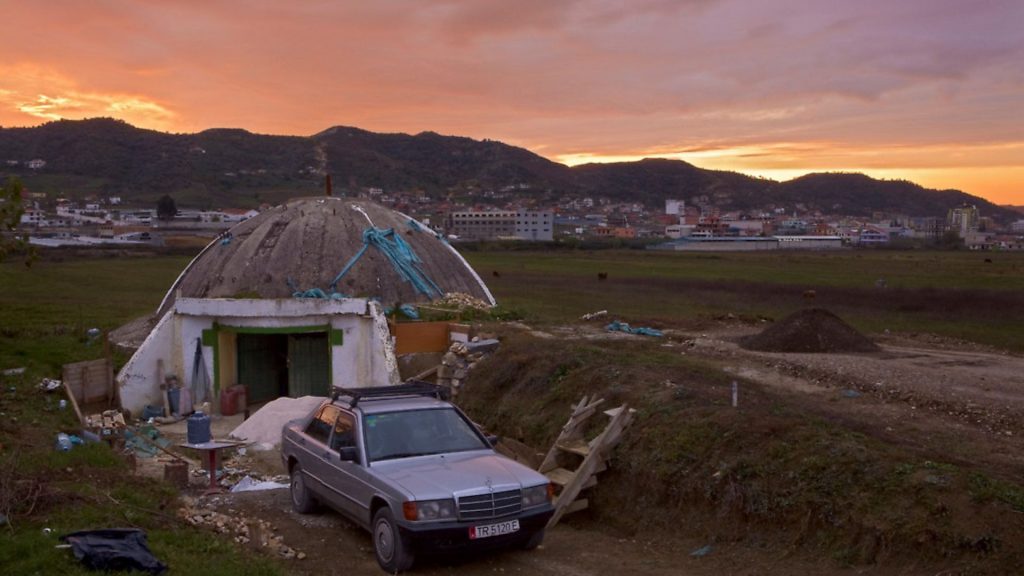
https://www.dewilewis.com/collections/new-titles
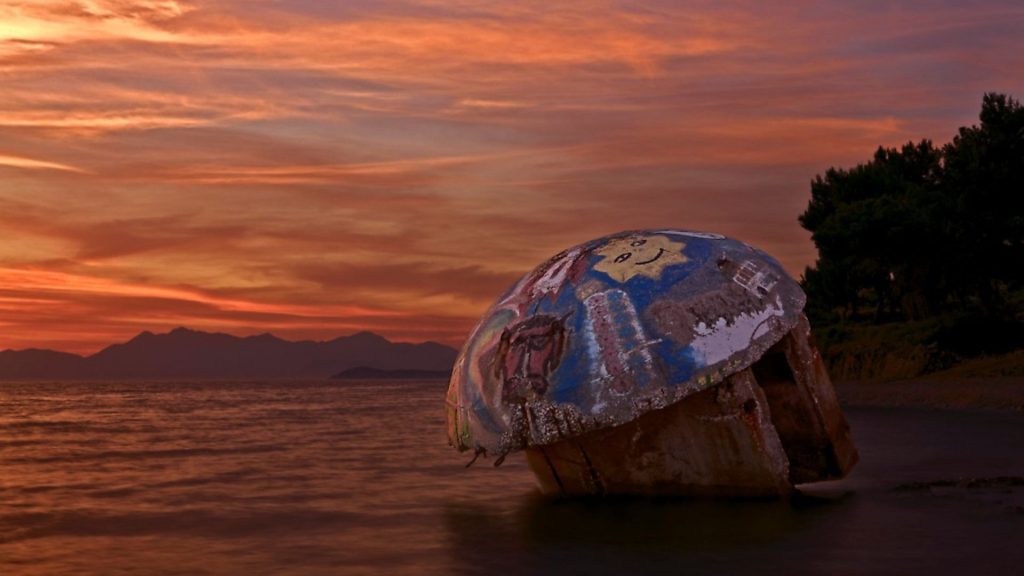
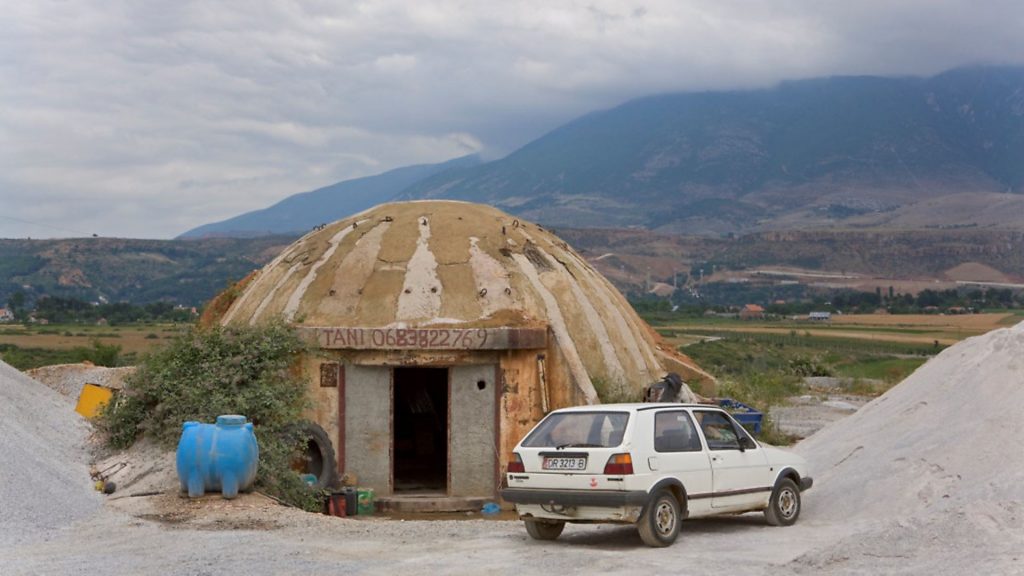

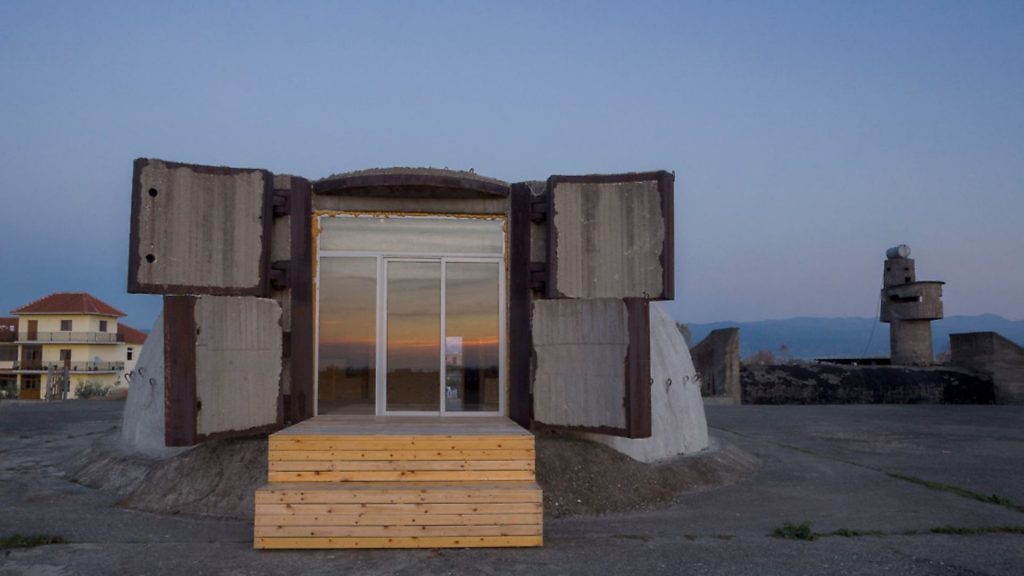
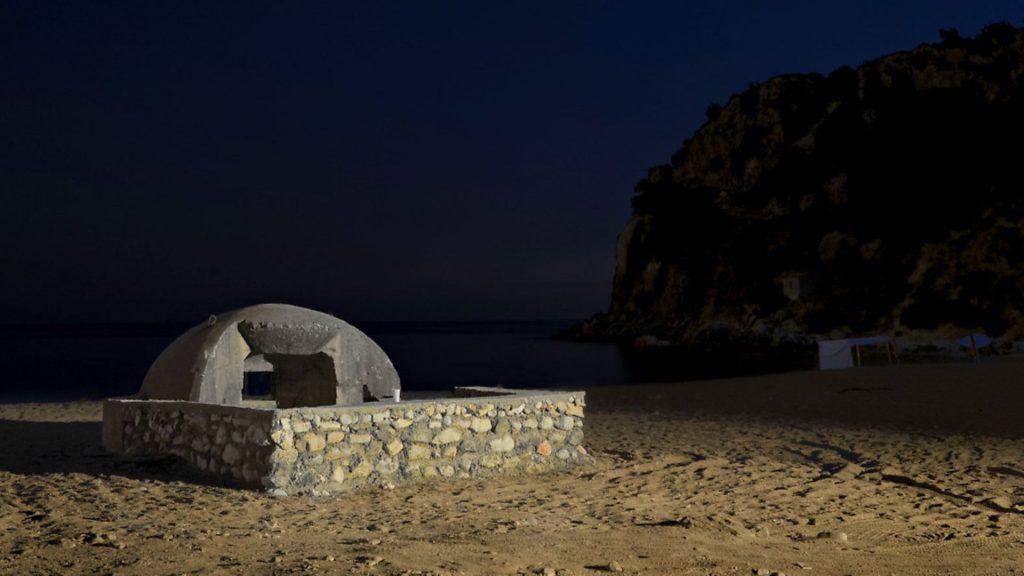

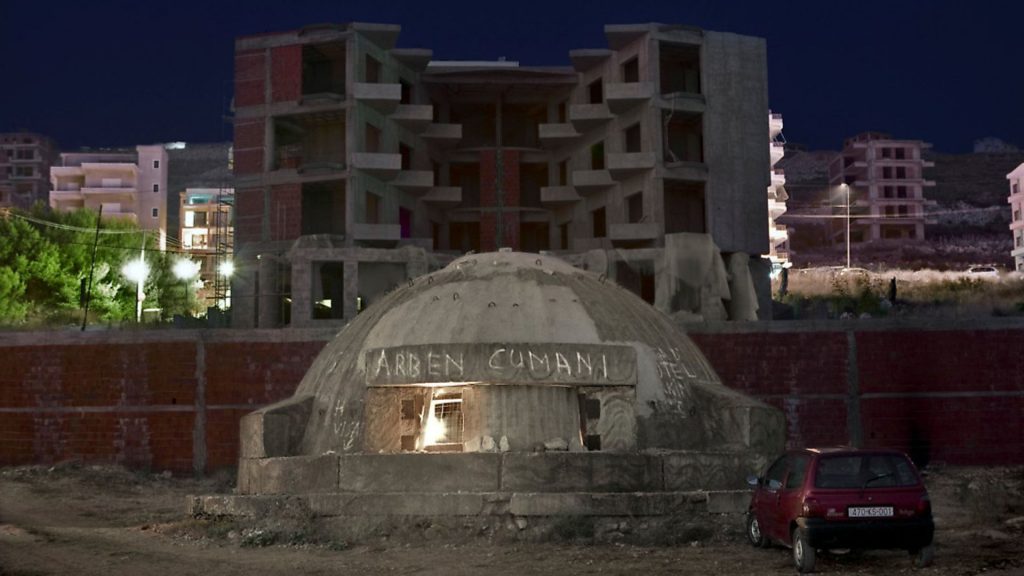
Warning: Illegal string offset 'link_id' in /mnt/storage/stage/www/wp-includes/bookmark.php on line 357
Notice: Trying to get property 'link_id' of non-object in /mnt/storage/stage/www/wp-includes/bookmark.php on line 37






